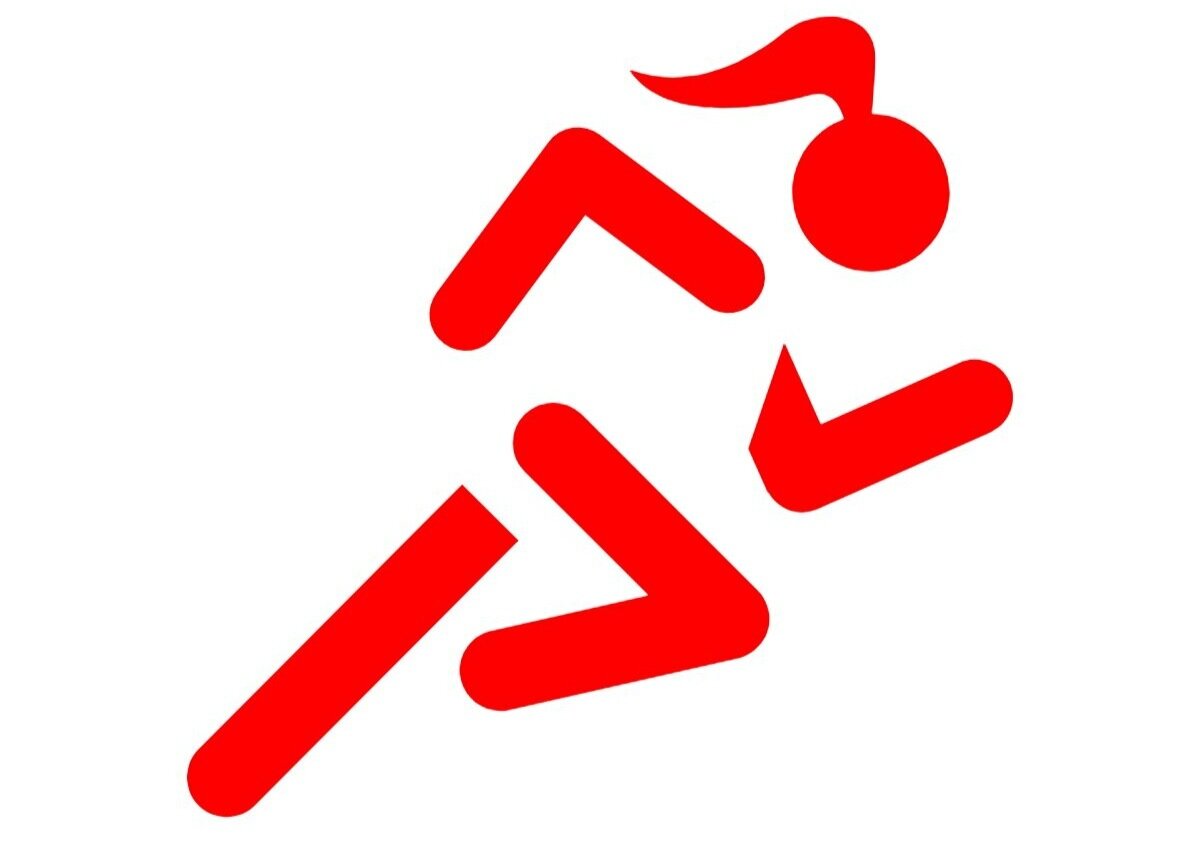Shin Splints
The term “shin splints” brings fear into the minds of many a runner – but what are they, how can they be treated and how can you prevent them in the first place?
Shin splints are a common name for pain in the front of your lower leg also called medial tibial stress syndrome. It shows up as an ache in your shins that may also be tender or painful to touch. They are usually an overuse injury, caused by increasing your activity (typically running) or by changing the surface on which you are running to a harder surface. It is caused by inflammation to the connective tissue in your lower legs and if left untreated can lead to stress fractures of your tibia (one of your lower leg bones).
What to do if you start feeling the start of shin splints?
Firstly, stop doing the activity that may be the cause. You will need to rest the area in order to let it recover (I know nobody wants to hear this, but it really is the best way). You can use ice on the area (wrapped in a towel) for up to twenty minutes every two to three hours and if you are able, take ibuprofen or paracetamol to ease the pain.
If you are desperate to exercise, why not try a different type of activity – swimming or yoga are good ways to keep fit with lower impact that could aggravate an existing condition such as shin splints. For outdoor activity, try to find softer ground once the initial pain has subsided.
Going forward, build up any activity slowly so that your body has the time to adapt to new training regimes and enough time to recover and get stronger. A little bit of stress is needed to build a stronger, more resilient body, but too much will lead to injury. Make sure that your footwear is appropriate – with the right cushioning and support for running. A gait assessment can help you to improve your running style and work on strengthening the appropriate areas of the body to support you in your running. Building a strength session into your training routine will benefit you in faster running and in reducing injury. Make sure that your flexibility isn’t inhibited and that you have a full range of motion at your ankle, knee and hip joints – any restrictions in these joints can put additional stress on the front of your shin bone too and so when training intensity increases, you are more at risk of injury.
If you begin to feel an ache or pain in the front of your shin, it’s a good idea to see a therapist sooner rather than later. Alongside this, a qualified running coach can help create a safe training plan for you, helping you to reach your goals and can advise on specific strengthening exercises to benefit you.
I am a qualified running coach and clinical sports massage therapist. For advice and guidance on running and running related injuries, get in touch.
